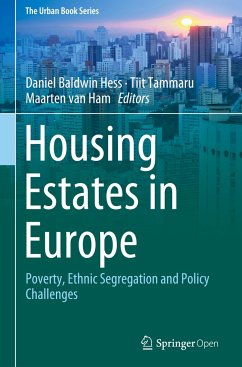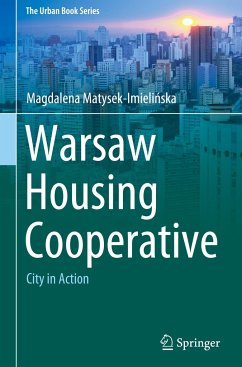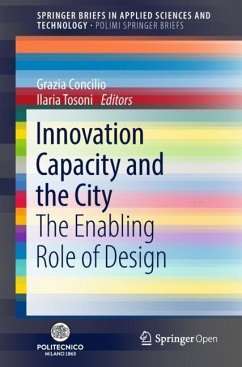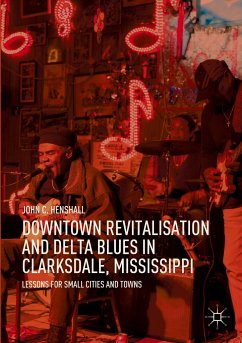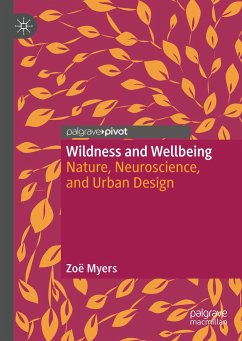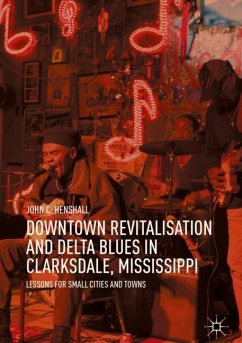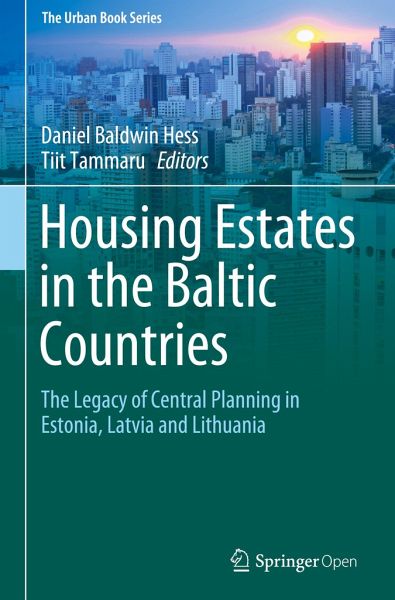
Housing Estates in the Baltic Countries
The Legacy of Central Planning in Estonia, Latvia and Lithuania
Herausgegeben: Hess, Daniel Baldwin; Tammaru, Tiit
Versandkostenfrei!
Versandfertig in 1-2 Wochen
39,99 €
inkl. MwSt.

PAYBACK Punkte
20 °P sammeln!
This open access book focuses on the formation and later socio-spatial trajectories of large housing estates in the Baltic countries-Estonia, Latvia, and Lithuania. It also explores claims that a distinctly "westward-looking orientation" in their design produced housing estates that were superior in design to those produced elsewhere in the Soviet Union (between 1944 and 1991, Estonia was a member republic of the USSR). The first two parts of the book provide contextual material to help readers understand the vision behind housing estates in Estonia, Latvia, and Lithuania. These sections prese...
This open access book focuses on the formation and later socio-spatial trajectories of large housing estates in the Baltic countries-Estonia, Latvia, and Lithuania. It also explores claims that a distinctly "westward-looking orientation" in their design produced housing estates that were superior in design to those produced elsewhere in the Soviet Union (between 1944 and 1991, Estonia was a member republic of the USSR). The first two parts of the book provide contextual material to help readers understand the vision behind housing estates in Estonia, Latvia, and Lithuania. These sections present the background of housing estates in the Baltic Republics as well as challenges and debates concerning their formation, evolution, and present condition and importance. Subsequent parts of the book consist of:
demographic analyses of the socioeconomic characteristics and ethnicity of housing estate residents (pastand present) in the three Baltic capital cities, case studies of people and places related to housing estates in the Baltic countries, and chapters exploring relevant special topics and themes.
This book will be of interest to students, scholars, and advocates interested in understanding the past, present, and future importance of housing estates in the Baltic countries.
demographic analyses of the socioeconomic characteristics and ethnicity of housing estate residents (pastand present) in the three Baltic capital cities, case studies of people and places related to housing estates in the Baltic countries, and chapters exploring relevant special topics and themes.
This book will be of interest to students, scholars, and advocates interested in understanding the past, present, and future importance of housing estates in the Baltic countries.



